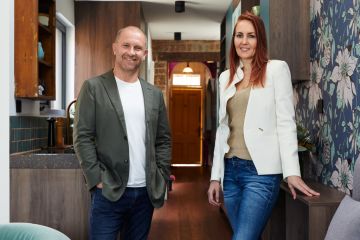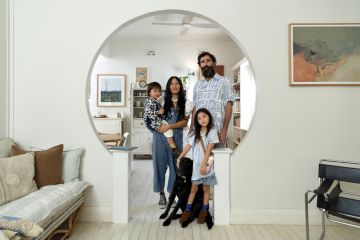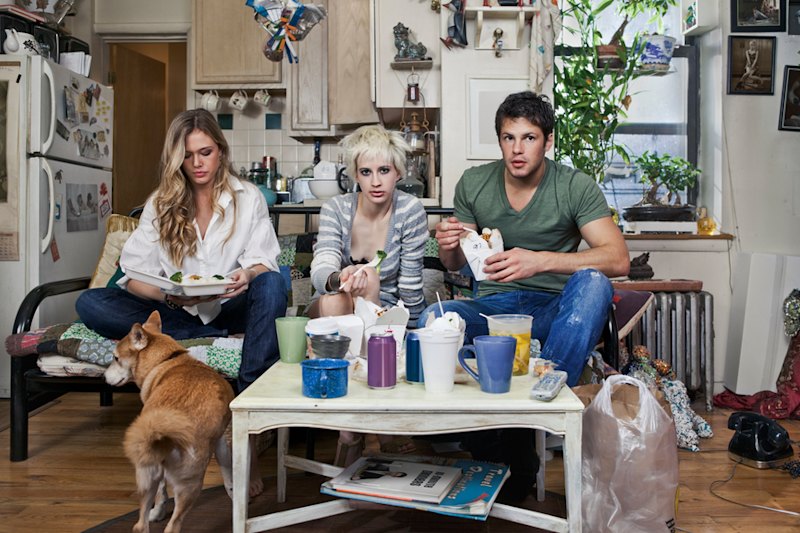How the wellness movement is influencing home design
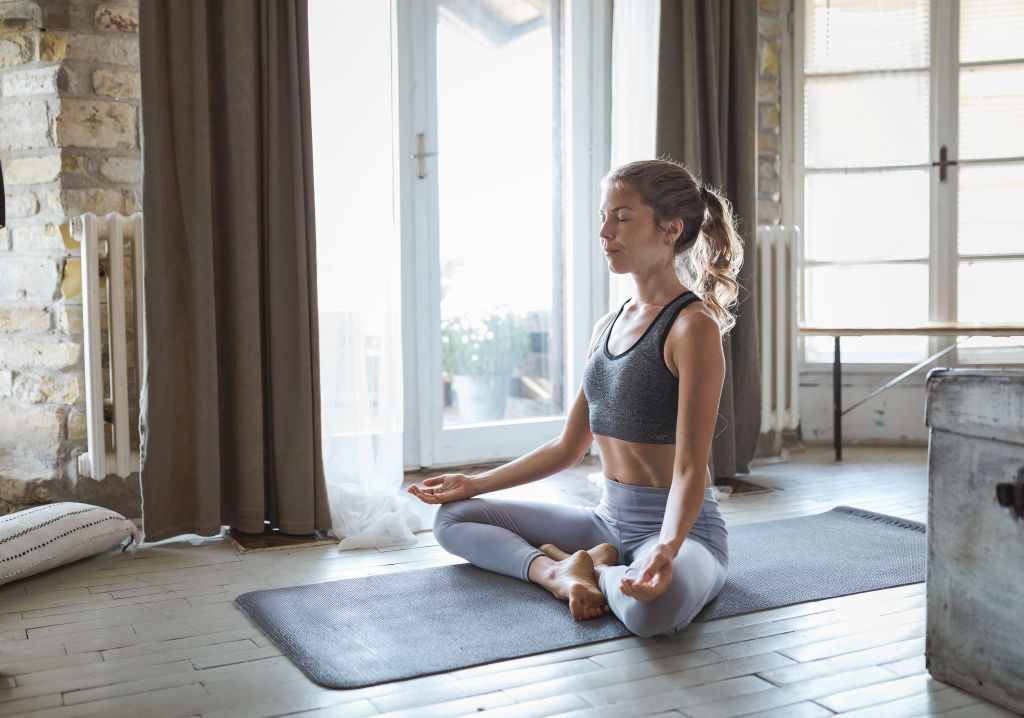
If you’re looking for evidence of the impact the COVID-19 pandemic has had on home owners around the world, the annual home design trends survey conducted by the American Institute of Architects (AIA) is a good place to start.
Not only did the popularity of the home office increase a whopping 39 per cent in the third quarter of 2020, the survey provided insights into several health and wellness categories that didn’t warrant inclusion in the 2019 survey: an exercise room or yoga space and a flex-space. These spaces were requested by 23 per cent and 43 per cent of architects’ clients respectively.
Products for improving indoor air quality rose in popularity from 25 per cent to 39 per cent, and task lighting from 20 per cent to 27 per cent.
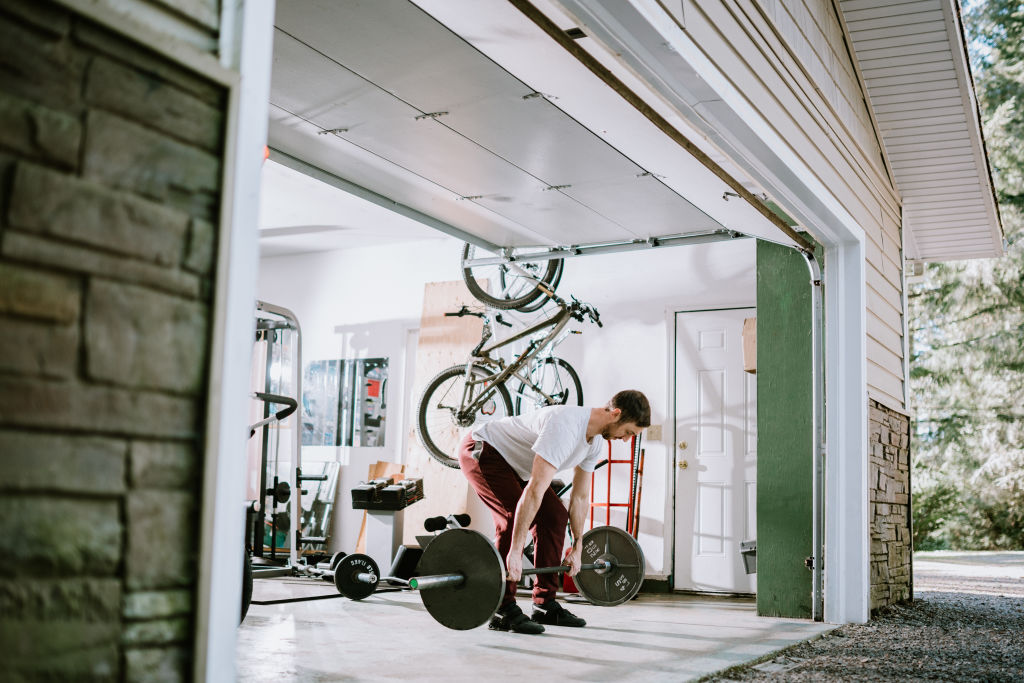
“Client requests that are pandemic-driven are coming more to the fore now and will likely keep shaping how we are designing residential spaces for years to come,” says Michael Stott, director city strategy and place at Urbis, an urban planning and design consultancy.
“What’s important to recognise is that quarantine in particular has made us all more intimately acquainted with the confines of our home environment. We intimately know everything about our homes, including the architectural or interior design flaws.”
Stott says problems range from poor soundproofing and a lack of good natural light to floor plans that are too open, too small or missing quality outdoor space.
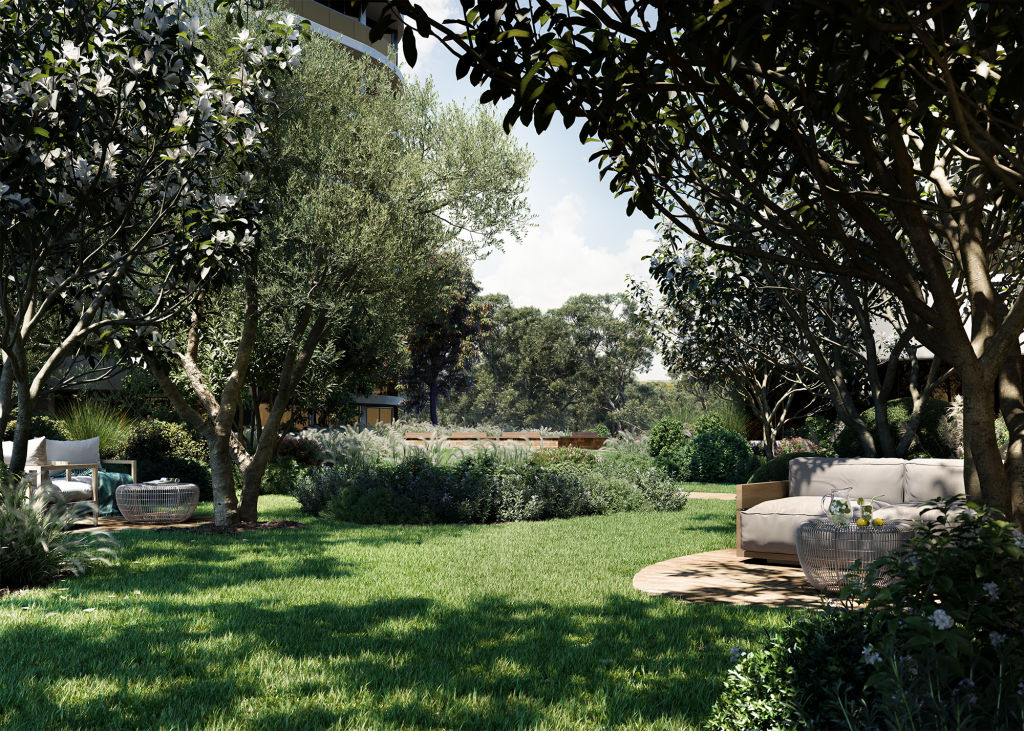
Stott says he expects to see an increased demand for better external amenities, pointing to the many studies that have shown the link between access to outdoor space and people’s wellbeing.
“It will become a new priority to have outdoor space for every dwelling,” he says. “In higher density environments we’ll see larger terraces and increased communal gardens.”
Fridcorp is one property developer with a laser-like focus on health and wellbeing in the wake of the pandemic.
Fridcorp chief executive Nigel Givoni says the company’s latest project, a $700 million mixed-used development in the south Sydney suburb of Hurstville called Beyond, will incorporate features from its new “Wellness by Fridcorp” concept.
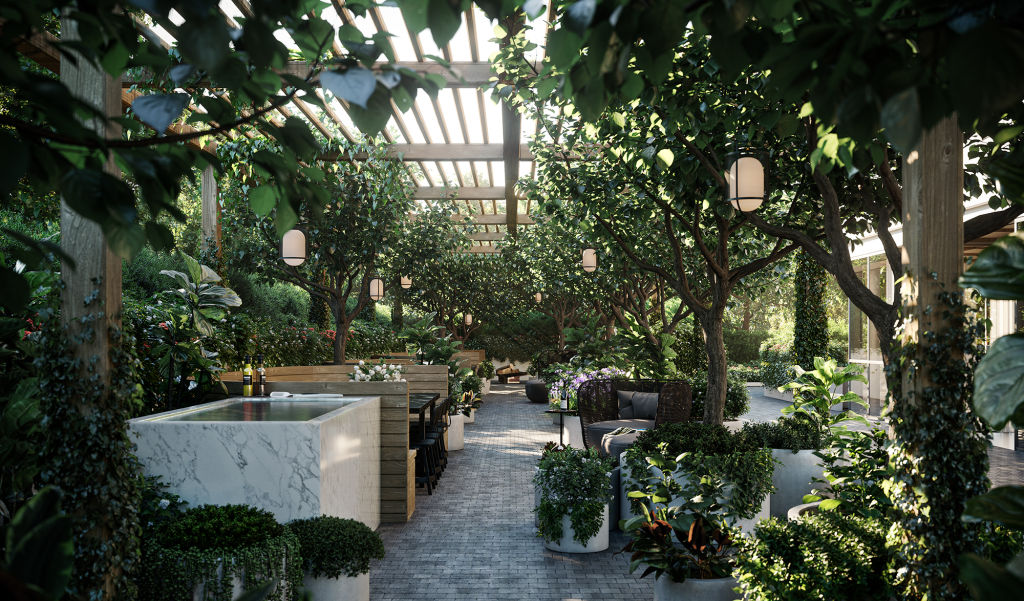
“We’ve all gone through this isolation no one wanted to go through, which means we’re now focused more than ever on building communities,” Givoni says. “We start with the wellness products themselves, then broaden that in terms of the physical side of things into the amenity areas.”
A 3500-square-metre raised podium at Beyond will provide spaces to socialise and relax, with a host of indoor and outdoor amenities including a Tai Chi and meditation deck, a fitness and yoga studio with a sauna, a community garden, games room, private dining room and lounge, and outdoor dining pods with a teppanyaki barbecue area and firepits.
“I think we’re all spending so much more time in our homes and a higher proportion of people are working from home, so it’s important that we’ve got the opportunity to have shared outdoor areas within easy reach,” Givoni says.
Every apartment is fitted out with a water filtration and air purification system, plus innovative circadian electric lighting technology to promote regenerative sleep. A Beyond community app will enhance residents’ daily lives and help them to connect with each other and the wider Hurstville community.
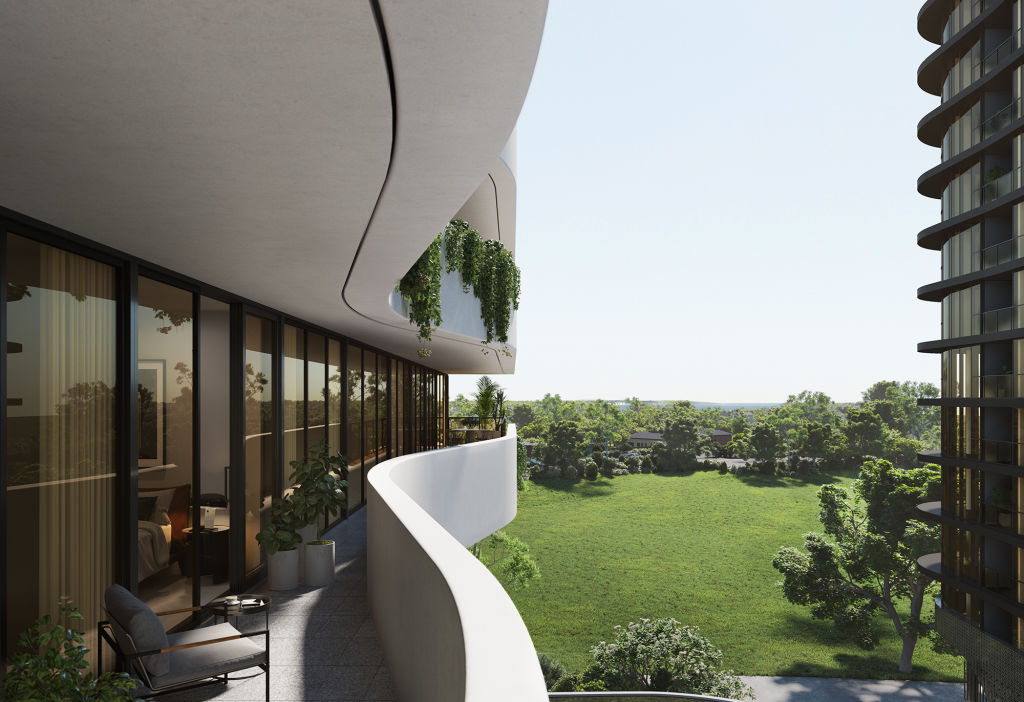
Full-height windows and oversized balconies will deliver natural light and a chance to connect with nature, and a significant upgrade has just been completed on the neighbouring Kempt Field Park.
Stott, who has seen neighbours using treadmills in their driveway and taking weights to the park, says both last summer’s bushfires and the pandemic have highlighted the need for healthy home spaces.
“I really think we’ve realised we need these spaces to function well,” he says, noting that home owners are thinking more about things like indoor air quality, anti-microbial surfaces and the positive mental impact of green outlooks.
“The pandemic gives us this opportunity to look at what it really means to have healthier homes, cities and communities, and look more closely at how each of these things relate to one another,” says Stott.
“I think Sydney is already seeing some great examples and when demand in the market shifts and consumers voices get louder, I think we’ll start to see more developers and policy makers following suit.”
We recommend
We thought you might like
States
Capital Cities
Capital Cities - Rentals
Popular Areas
Allhomes
More
